The OSCE Minsk Group concluded an official visit to the South Caucasus where the Co-Chairs Andrew Schofer (United States), Igor Popov (Russia), Stephane Visconti (France) and the Personal Representative of the OSCE Chairperson-in-Office, Andrzej Kasprzyk met with the heads of state of Armenia(15 October),de facto Nagorno Karabakh (16 October) and Azerbaijan (17 October). Additionally, in Baku, the OSCE delegation met with representatives of the government-sponsored Azerbaijani Community of Nagorno-Karabakh.
Interestingly, stress was once more put on preparing the populations on either side of the conflict for peace, as well as adopting security and humanitarian measures.
Armenia’s statement following the meeting
The official statement on the prime minister’s webpage highlights the following:
“…The Premier and the OSCE Minsk Group Co-Chairs discussed issues related to the peaceful settlement of the Nagorno-Karabakh conflict. As a confidence building measure, the need for consistent steps toward strengthening the ceasefire regime was highlighted during the meeting.
Reference was made to the efforts aimed at preparing the affected populations to peace.”
Nagorno Karabakh’s statement following the meeting
Nagorno Karabakh’s de facto authorities stressed the importance of the border issue between their political entity and Azerbaijan, with no mention of the OSCE’s recently adopted concept of “preparing the populations for peace”, and reiterating their participation in the negotiations based on one of the three signatories of the 1994 Ceasefire Agreement. The statement read highlighted the following:
“Issues related to the Azerbaijani-Karabagh conflict settlement, situation along the border between Artsakh and Azerbaijan were on the discussion agenda.
President Sahakyan reaffirmed the commitment of official Stepanakert to the peaceful settlement of the Azerbaijani-Karabagh conflict under the auspices of the OSCE Minsk Group, reiterating the necessity of restoring the full-fledged negotiations format with the participation of Artsakh in all the stages of the conflict settlement.”
Azerbaijan’s statement following the meeting
The official statement on the Azeri president’s webpage was the shortest of four officials statements, and made no mention of preparing the populations for peace nor security measures. It was the following:
“…They discussed the current state and prospects of negotiations on the settlement of the Armenia-Azerbaijan Nagorno-Karabakh conflict.”
Azeri Community of Nagorno Karabakh’s statement following the meeting
This state-sponsored body of Azerbaijan has increased its activities in recent years, seeking to be a counterbalance to Nagorno Karabakh’s possible participation at the negotiating table. The official statement read:
“…As a society, we are asked about the results of the negotiation process, but we cannot give concrete answer,” Ganjaliyev said. “We appreciate your efforts, but the inefficiency of the negotiations worries the society. We want to see concrete results.”
The chairman added that the Azerbaijani side is ready for peaceful resolution of the issue, for living in peaceful conditions.”
Summary
In general, the most positive statement of the four was that of Armenia’s prime minister’s, adopting the “prepare the populations for peace” concept, contrasted with his Azeri counterpart Ilham Aliyev, whose official statement left out all but a generic description of the results of the meeting. The most negative statement was that of the Azeri Community’s state body, whose head stated that the “Azerbaijani society is concerned about the inefficiency of the negotiation process”, while Nagorno Karabakh’s authorities described the line-of-contact as now borders, taking a firm stance on the geographical delimitation of the de facto entity.
Official photos of the meetings with Armenia, Azerbaijan, Nagorno Karabakh and the Azeri Community State Body (in order)
[metaslider id=5111]
The official statement from the OSCE Minsk Group was the following:
YEREVAN / BAKU, 17 October, 2019 – The Co-Chairs of the OSCE Minsk Group (Igor Popov of the Russian Federation, Stéphane Visconti of France, and Andrew Schofer of the United States of America), together with the Personal Representative of the OSCE Chairperson-in-Office (PRCIO) Andrzej Kasprzyk, visited the region from 14 to 17 October.
The Co-Chairs met with Prime Minister Nikol Pashinyan in Yerevan on 15 October and with President Ilham Aliyev in Baku on 17 October, and held consultations with the respective Foreign Ministers and Defence Ministers in both capitals. During their visit, the Co-Chairs also met with the de facto authorities in Nagorno-Karabakh. In Baku, the Co-Chairs met with the Chairman of the Azerbaijani Community of Nagorno-Karabakh. While in Nagorno-Karabakh, the mediators were briefed on humanitarian issues by the local representative of the International Committee of the Red Cross.
The two leaders briefed the Co-Chairs on their recent conversation during the CIS summit in Ashgabat and presented their ideas on how to advance the settlement process. The Co-Chairs welcomed the prospect of implementing specific humanitarian and security measures to prepare the populations for peace and reduce tensions.
The Co-Chairs once again stressed the critical importance of monitoring missions led by the PRCIO, in accordance with his mandate and longstanding practice. The Co-Chairs called on the sides to continue to support fully the activities of the PRCIO and his team and to ensure that any obstacles potentially interfering with monitoring missions are removed immediately.
The Foreign Ministers confirmed their intention to meet again under Co-Chair auspices before the end of the year.
The Co-Chairs will travel soon to Vienna to brief the OSCE Permanent Council and the members of the Minsk Group.
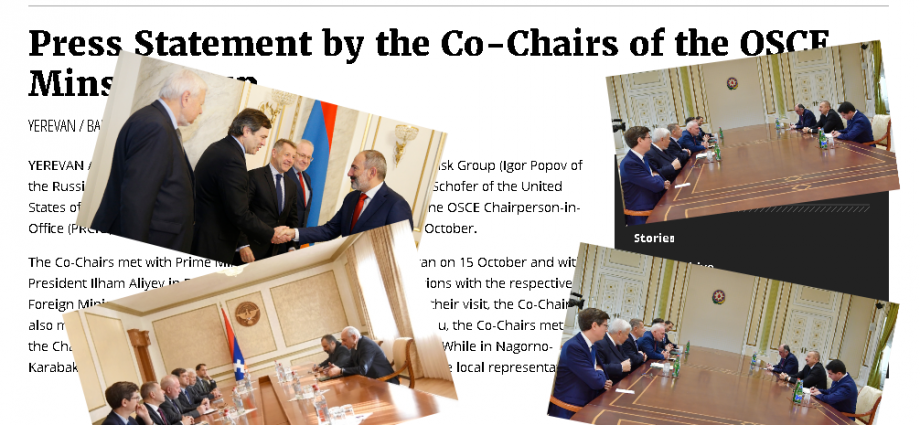
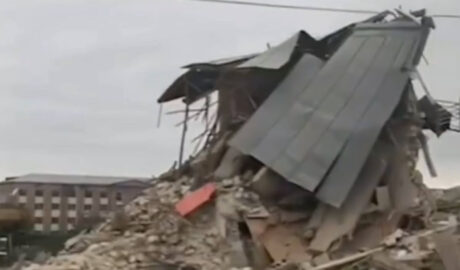
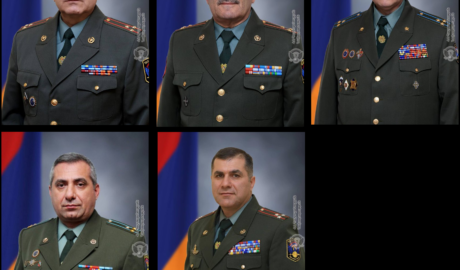

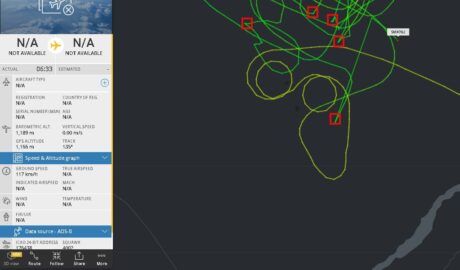
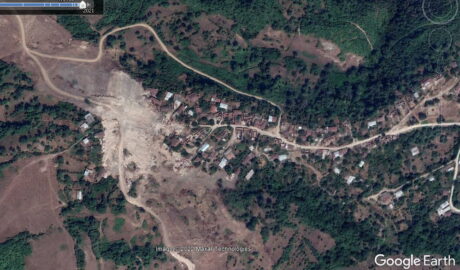
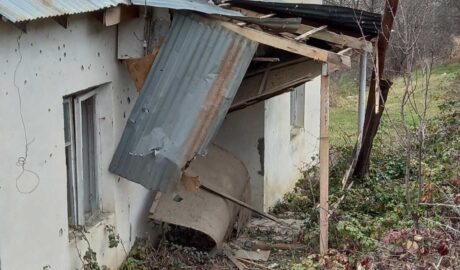
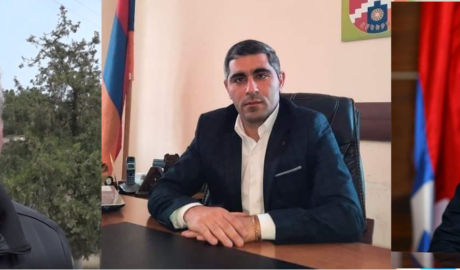
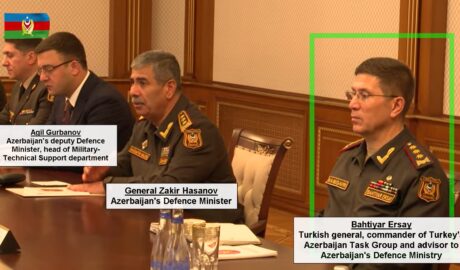
Comments are closed, but trackbacks and pingbacks are open.